The Iconic Fangs That Defined an Era

Picture teeth so massive they could pierce through bone and sinew like hot knives through butter. The Smilodon’s legendary canine teeth stretched up to seven inches long, making modern lions look like house cats by comparison. These weren’t just oversized dental weapons—they were precision instruments of death.
What’s truly fascinating is how these cats managed their daily lives with such cumbersome fangs. They couldn’t simply bite down like modern predators; instead, they had to open their jaws at a mind-boggling 120-degree angle. Imagine trying to eat your dinner while keeping your mouth open twice as wide as normal.
Built Like a Prehistoric Tank
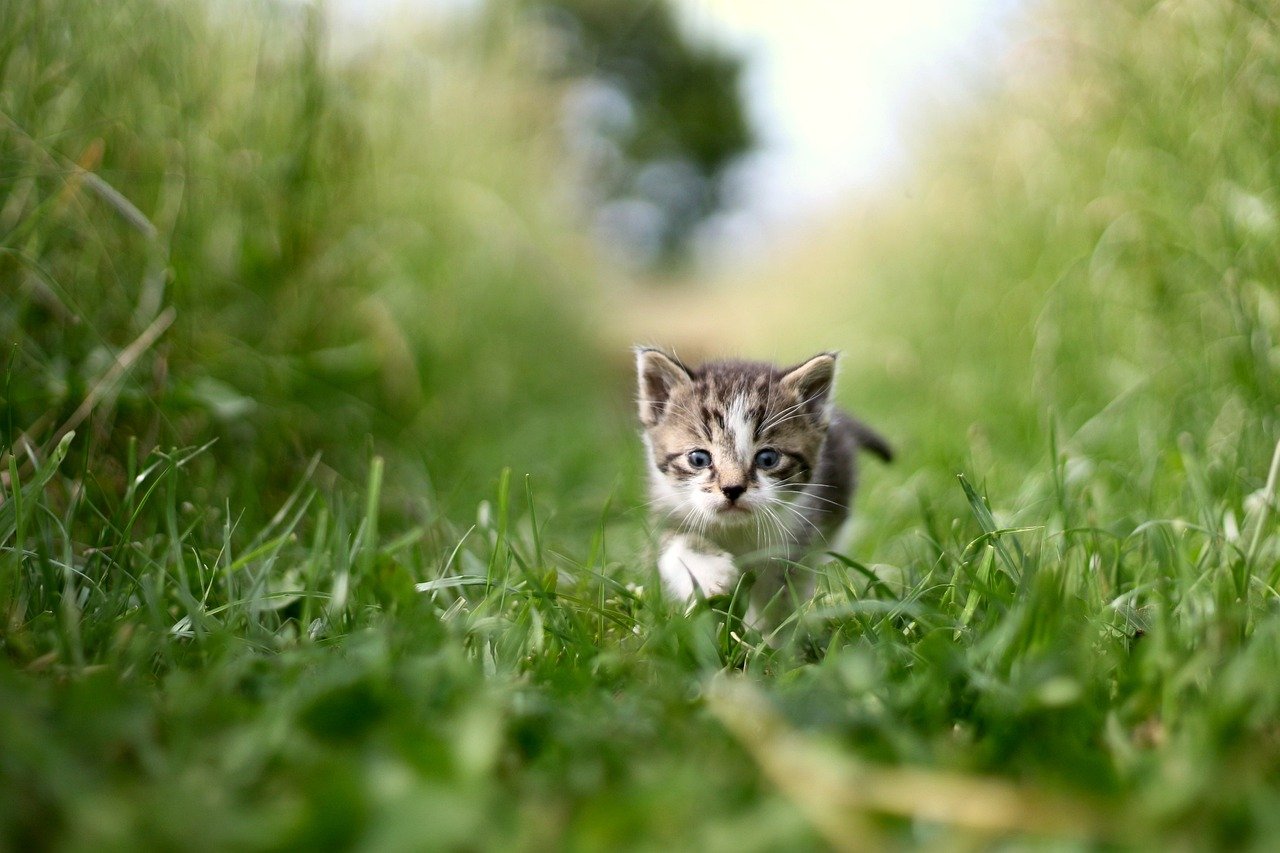
The Smilodon wasn’t your typical sleek, agile cat. These beasts were built like furry bulldozers, with incredibly muscular shoulders and forelimbs that could wrestle down prey three times their size. Their stocky frame supported weights of up to 880 pounds—that’s heavier than most modern grizzly bears.
Their short, powerful legs weren’t designed for marathon chases across open plains. Instead, they were ambush specialists, relying on explosive bursts of strength to overpower unsuspecting victims. Think of them as the ultimate prehistoric bodybuilders with a serious attitude problem.
The Hunting Strategy That Shocked Scientists

For decades, paleontologists believed Smilodon hunted alone, stalking prey through dense forests like solitary assassins. Recent fossil evidence completely shattered this assumption, revealing something far more terrifying: these cats hunted in coordinated packs. Groups of Smilodon would work together to bring down massive prey like ground sloths and ancient bison.
Their hunting technique was brutally efficient. While one cat would grab the prey’s hindquarters with those massive claws, another would deliver the killing blow with those famous fangs. It was prehistoric teamwork at its deadliest, making them the apex predators of their time.
Three Species That Ruled Different Worlds

Most people think of Smilodon as a single species, but these remarkable cats actually evolved into three distinct varieties. Smilodon gracilis was the smallest and earliest, about the size of a modern jaguar. Smilodon fatalis became the most famous, with perfectly balanced proportions that made it a killing machine.
Then there was Smilodon populator—the absolute giant of the family. These South American monsters were the largest cats that ever lived, with some specimens reaching nearly 900 pounds. They were so massive that even their closest relatives looked tiny in comparison.
The Mysterious Social Lives of Ancient Killers

Evidence from the La Brea Tar Pits revealed one of the most surprising discoveries about Smilodon behavior. Fossil remains show these cats cared for injured pack members, with some individuals surviving severe injuries that would have been fatal without group support. One skeleton showed evidence of a broken leg that had healed completely, suggesting months of care from other pack members.
This social behavior completely changed how scientists viewed these ancient predators. They weren’t just mindless killing machines—they were complex social animals with emotional bonds. Some researchers even believe they may have engaged in play behavior, much like modern lions.
The Tar Pit Trap That Preserved History
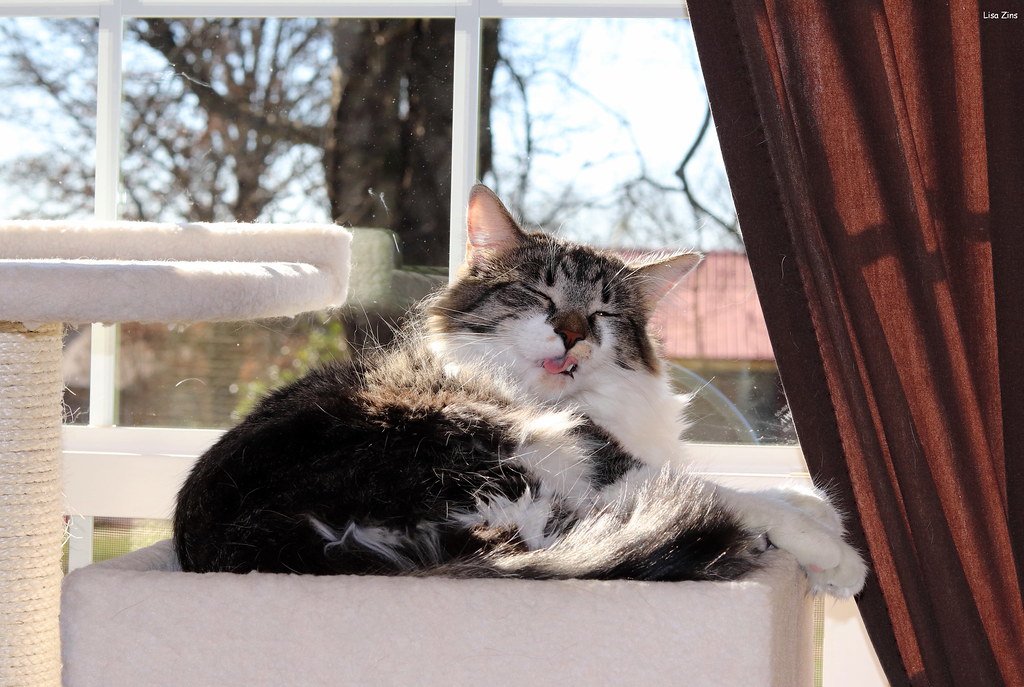
The La Brea Tar Pits in Los Angeles became the ultimate death trap for Smilodon, but also their greatest gift to modern science. Over 2,000 individual Smilodon specimens have been recovered from these ancient pools of sticky asphalt. Animals would get stuck in the tar, and their distress calls would attract predators like Smilodon, who would then become trapped themselves.
What’s remarkable is how perfectly preserved these fossils are. Scientists can study everything from tooth wear patterns to bone injuries, giving us an incredibly detailed picture of how these cats lived and died. It’s like having a prehistoric crime scene preserved for thousands of years.
The Deadly Bite That Wasn’t What You’d Expect
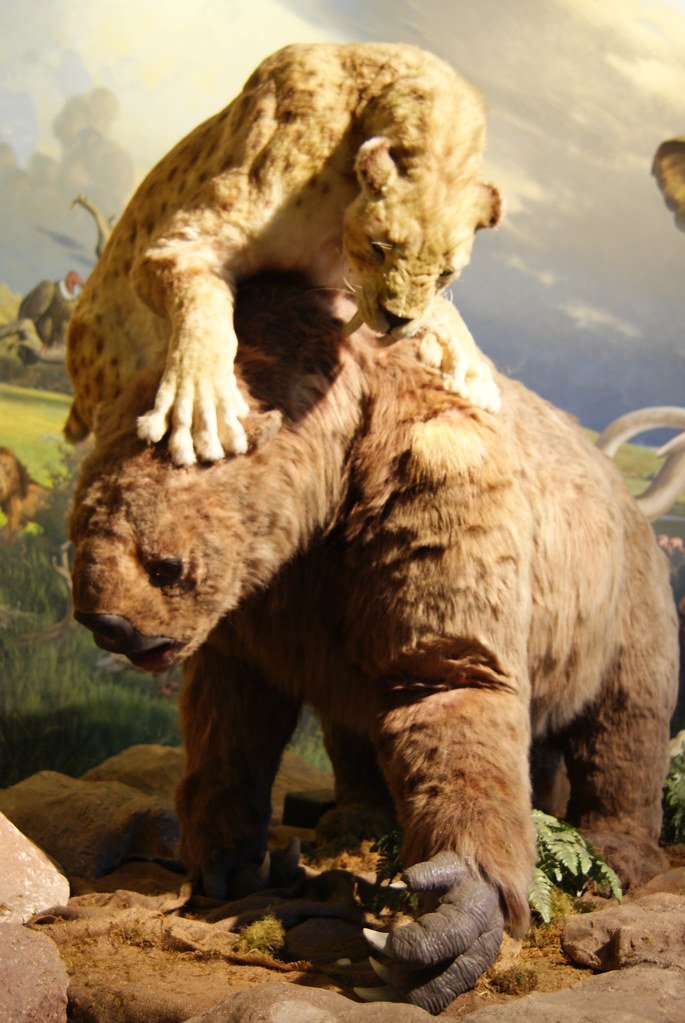
Despite those massive fangs, Smilodon had a surprisingly weak bite force—only about one-third as strong as a modern lion’s. This discovery puzzled scientists for years until they realized these cats didn’t need crushing power. Those enormous canine teeth were designed for precision, not pressure.
The hunting strategy involved using their incredible strength to wrestle prey to the ground, then delivering a surgical strike to the throat or belly. The fangs would slide between ribs or vertebrae, causing massive internal damage without requiring tremendous bite force. It was prehistoric precision surgery with deadly results.
Climate Change and the Beginning of the End
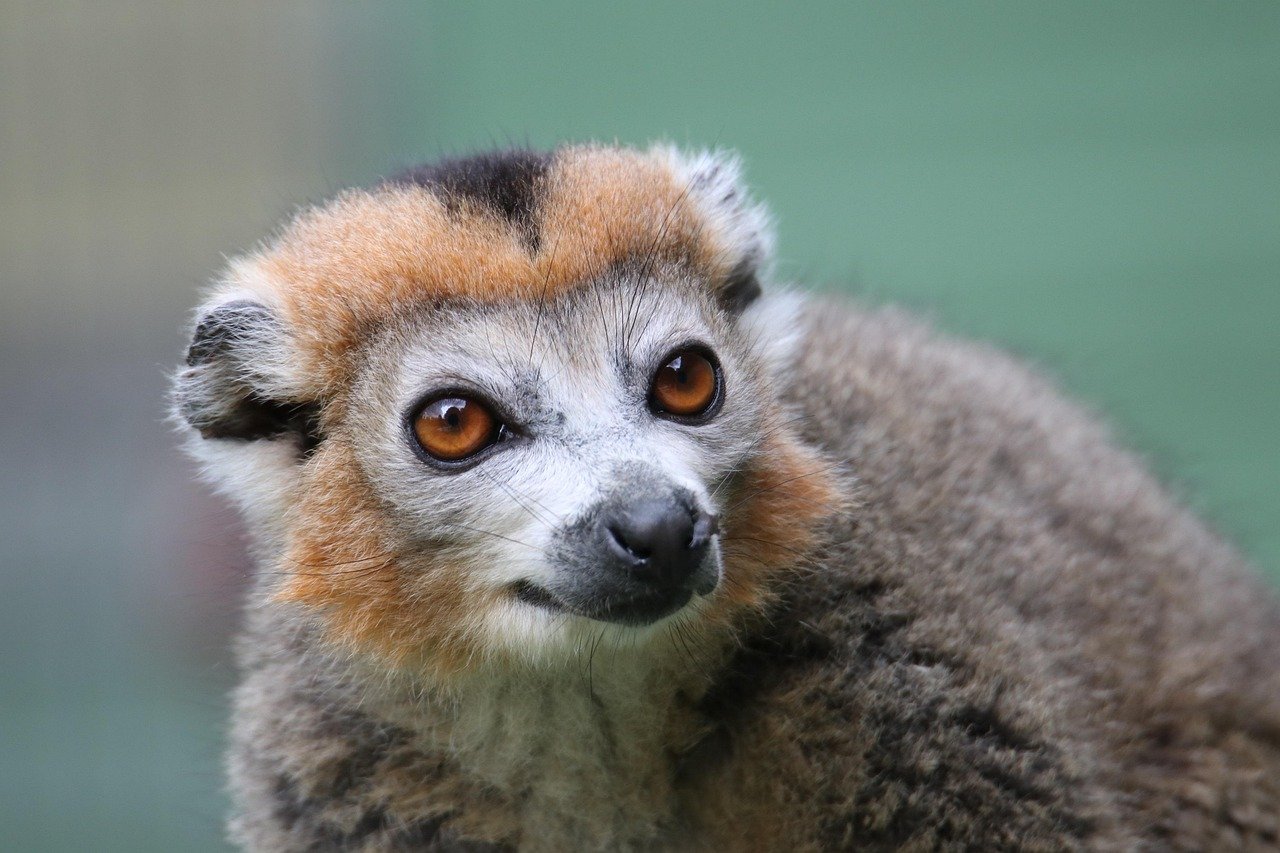
Around 13,000 years ago, the world began changing rapidly. The last Ice Age was ending, and the massive prey that Smilodon depended on started disappearing. Giant ground sloths, ancient horses, and huge bison populations began declining as forests replaced open grasslands.
These environmental changes hit Smilodon particularly hard because they were specialized hunters. Unlike more adaptable predators, they couldn’t easily switch to smaller prey or change their hunting strategies. Their very success as apex predators became their downfall when the world they dominated began to vanish.
The Human Factor in Prehistoric Extinction
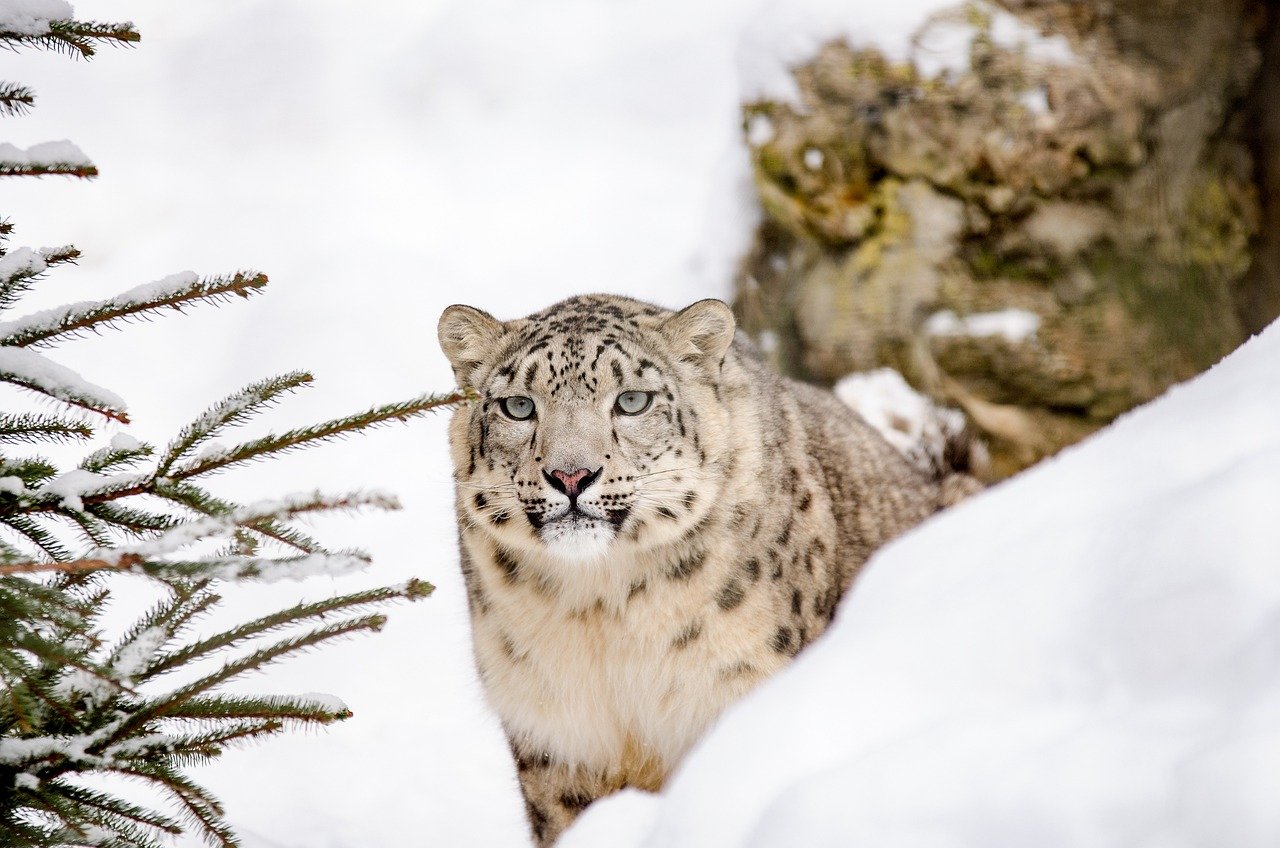
The arrival of human hunters in the Americas coincided suspiciously with Smilodon’s extinction. Some scientists believe early humans may have competed directly with these cats for prey, or even hunted them deliberately. Archaeological evidence shows humans were capable of taking down large predators using sophisticated weapons and coordinated hunting strategies.
However, the relationship between humans and Smilodon remains hotly debated. Some researchers argue that climate change was the primary cause of extinction, while others point to hunting pressure. The truth likely involves a combination of factors that created a perfect storm for these magnificent predators.
Fossil Evidence That Rewrote the History Books
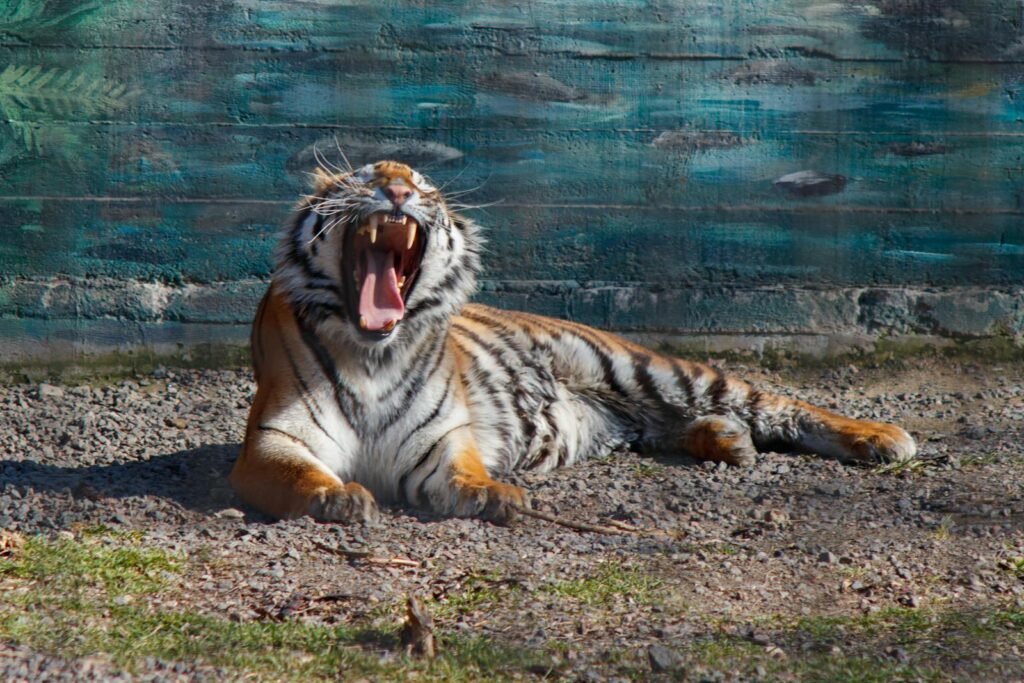
Recent discoveries have completely revolutionized our understanding of Smilodon evolution and behavior. Fossils from South America revealed that these cats developed their distinctive features much earlier than previously thought. Some specimens show evolutionary adaptations that took millions of years to develop.
One particularly exciting discovery was a nearly complete Smilodon skeleton found in Argentina. This specimen preserved soft tissue impressions that revealed details about muscle attachment and body proportions that were impossible to determine from bones alone. It’s like finding a prehistoric blueprint for the perfect predator.
The Incredible Diversity of Saber-Toothed Cats
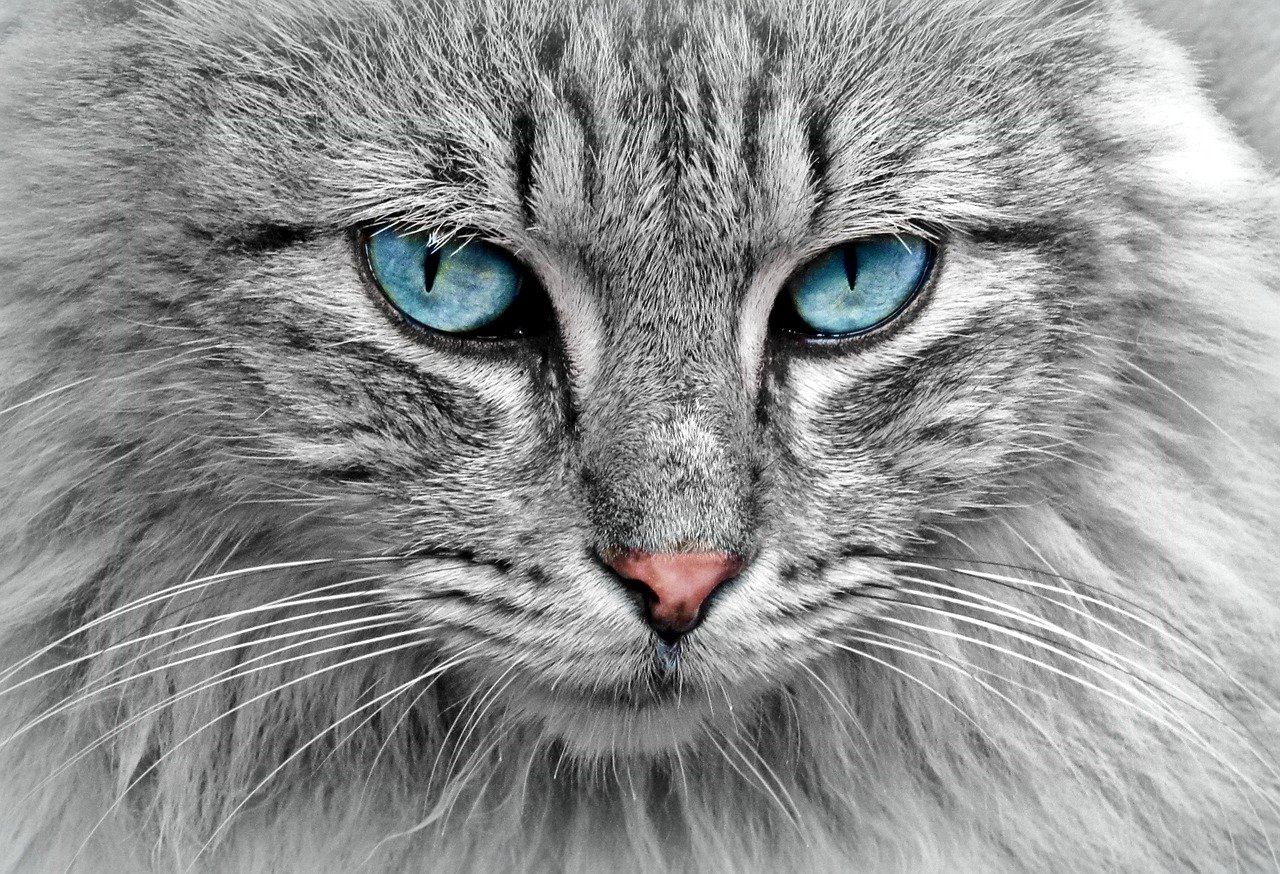
While Smilodon gets most of the attention, they were just one member of a diverse family of saber-toothed predators. The Machairodontinae subfamily included dozens of species with varying sizes and hunting strategies. Some were as small as house cats, while others rivaled modern tigers in size.
What’s fascinating is how this body plan evolved independently multiple times throughout Earth’s history. Even before the famous Smilodon, there were other saber-toothed predators like Thylacosmilus in South America and various species in Africa and Asia. It seems like whenever large prey animals evolved, nature found a way to create specialized predators to hunt them.
Modern Science Meets Ancient Mystery
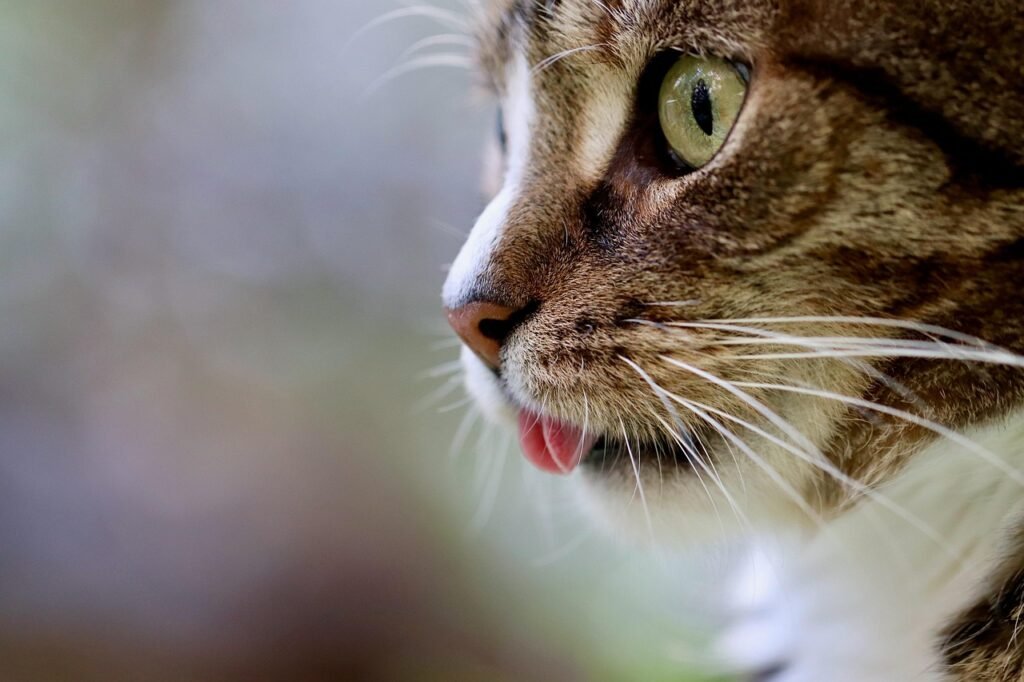
Today’s technology is revealing secrets about Smilodon that were impossible to discover just decades ago. CT scans of fossil skulls show internal bone structure and even preserved brain tissue in some specimens. Genetic analysis is attempting to extract DNA from the best-preserved fossils, potentially revealing information about coat color, genetic diversity, and evolutionary relationships.
Some researchers are even using 3D modeling to recreate Smilodon’s hunting behavior and jaw mechanics. These digital reconstructions show exactly how those massive fangs would have moved during an attack, providing insights into hunting strategies that have been lost for millennia.
The Extinction That Changed Everything
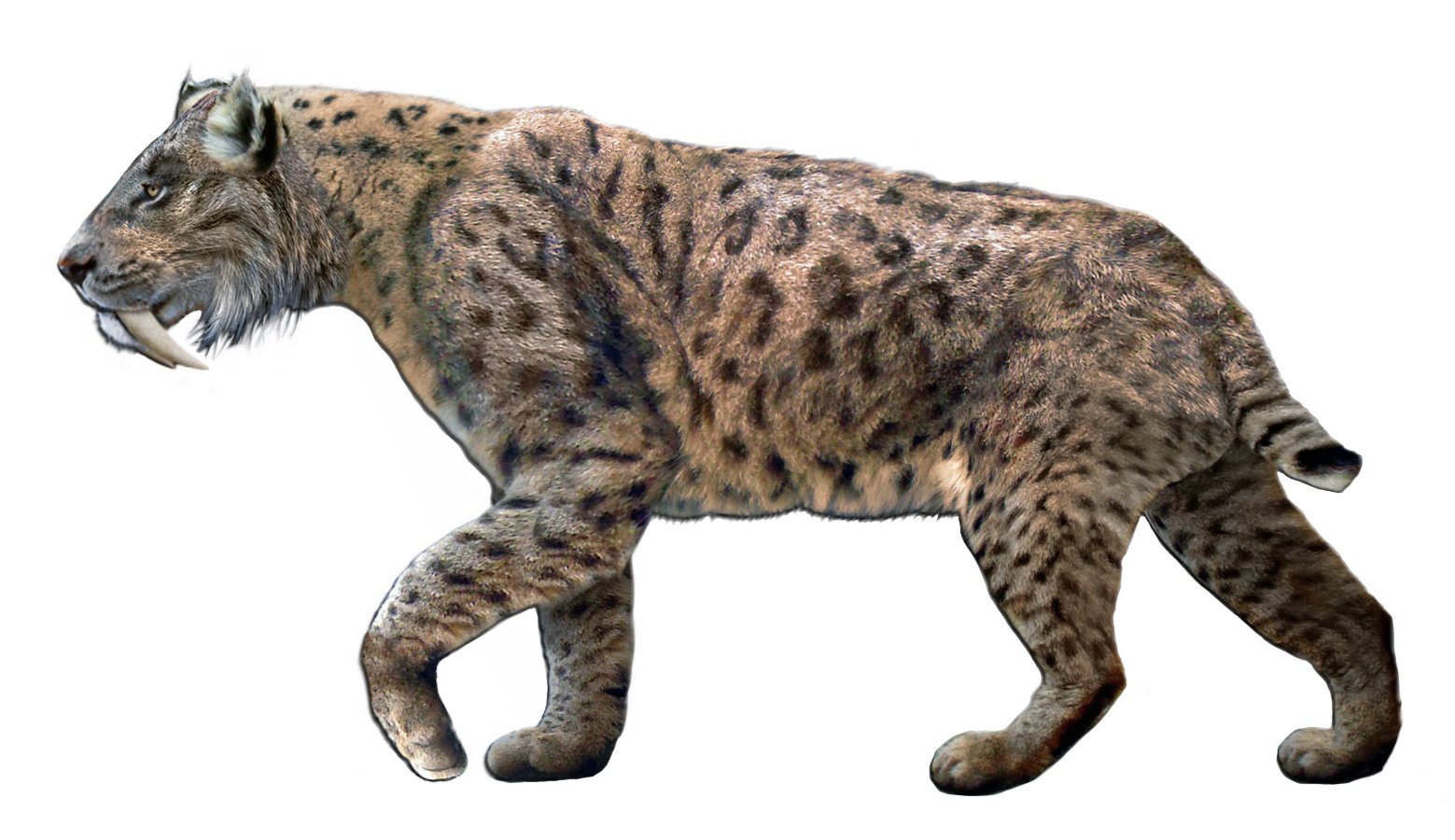
The loss of Smilodon marked the end of an entire ecosystem. These predators were keystone species that controlled prey populations and shaped the behavior of other animals. When they disappeared, it created ripple effects throughout the food web that lasted for thousands of years.
Their extinction also marked the end of the age of megafauna in the Americas. Without these apex predators, smaller carnivores had to adapt to fill new ecological niches. The modern American landscape would look completely different if Smilodon had survived to the present day.
Lessons from the Last Saber-Toothed Cats

The story of Smilodon offers sobering lessons about specialization and environmental change. These cats were perfectly adapted to their world, but that specialization became a liability when conditions changed rapidly. Modern conservation efforts often focus on protecting habitat and prey species, recognizing that apex predators are particularly vulnerable to environmental disruption.
Their extinction also demonstrates how quickly dominant species can disappear when faced with multiple stressors. Climate change, habitat loss, and competition from new arrivals created challenges that even the most successful predators couldn’t overcome. It’s a reminder that no species, no matter how powerful, is immune to environmental catastrophe.
The Legacy That Lives On
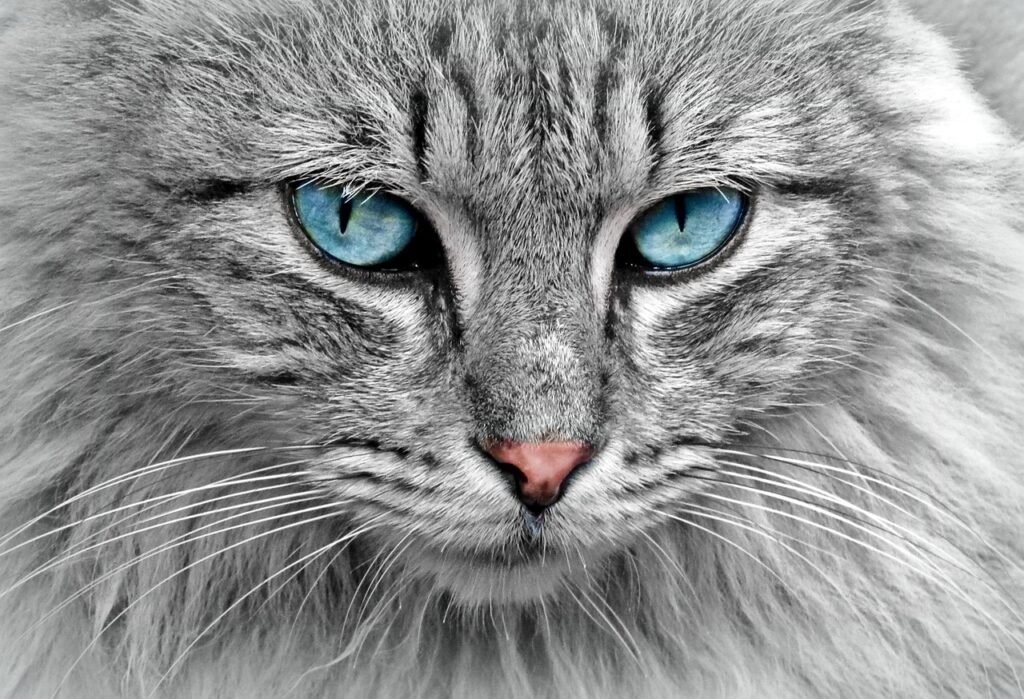
Although Smilodon vanished 10,000 years ago, their impact on our understanding of evolution and extinction continues to grow. These cats represent one of evolution’s most successful experiments in creating the perfect predator. Their story helps scientists understand how species adapt, thrive, and ultimately succumb to changing conditions.
Museums around the world display Smilodon skeletons that continue to inspire wonder and curiosity in new generations. These fossils serve as ambassadors for prehistoric life, reminding us of the incredible diversity of creatures that once shared our planet. Every time someone sees those massive fangs, they’re connecting with a world that existed long before humans walked the Earth.
The Ultimate Prehistoric Predator
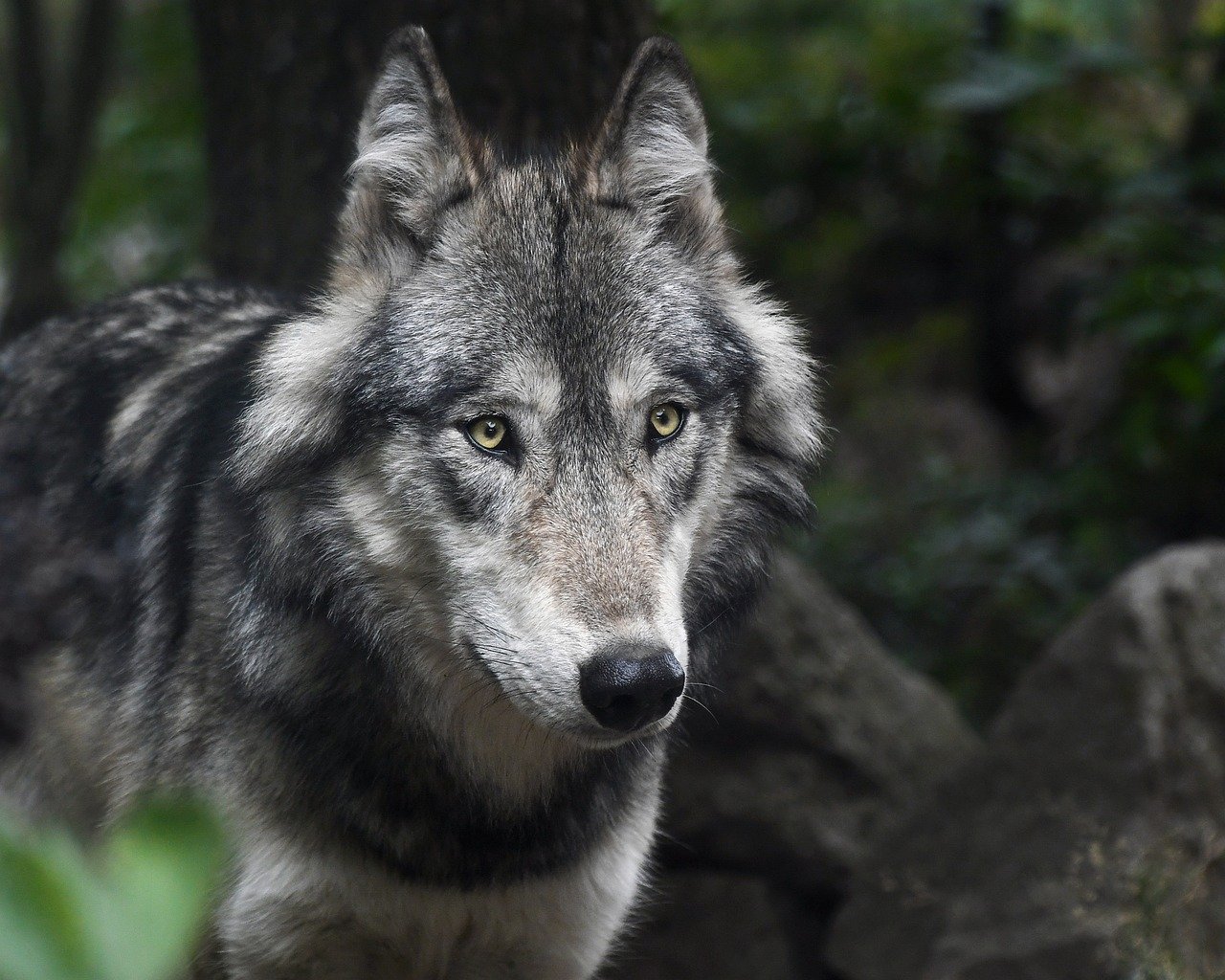
Smilodon represents the pinnacle of predatory evolution—a perfect killing machine designed by millions of years of natural selection. Their combination of size, strength, and specialized hunting tools made them one of the most successful predators in Earth’s history. For nearly 2.5 million years, these cats dominated their ecosystems and shaped the evolution of countless other species.
Their sudden disappearance reminds us how fragile even the most successful species can be. In just a few thousand years, environmental changes wiped out creatures that had ruled their world for millennia. It’s a humbling reminder of nature’s power and the delicate balance that keeps ecosystems functioning.
What secrets do you think still lie buried in the fossil record, waiting to reveal more about these magnificent predators that once ruled the Americas?
Hi, I’m Bola, a passionate writer and creative strategist with a knack for crafting compelling content that educates, inspires, and connects. Over the years, I’ve honed my skills across various writing fields, including content creation, copywriting, online course development, and video scriptwriting.
When I’m not at my desk, you’ll find me exploring new ideas, reading books, or brainstorming creative ways to solve challenges. I believe that words have the power to transform, and I’m here to help you leverage that power for success.
Thanks for stopping by, Keep coming to this website to checkout new articles form me. You’d always love it!






